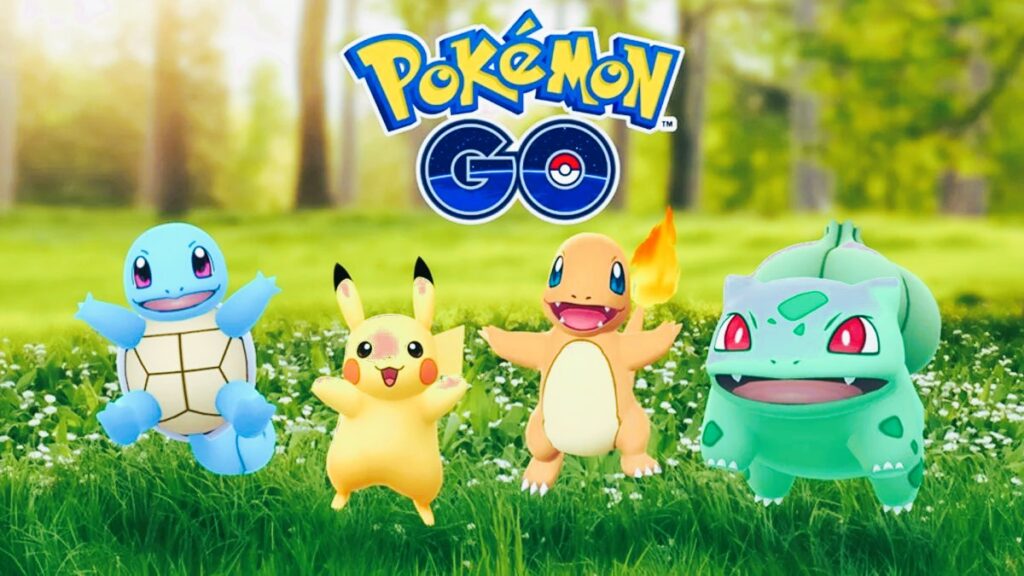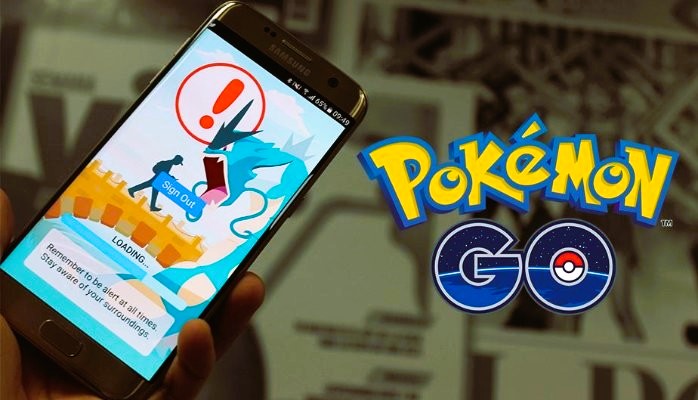In the summer of 2016, Pokémon GO took the world by storm, combining augmented reality (AR) with location-based technology to create a unique gaming experience that encouraged players to explore the real world. This phenomenon not only captured the hearts of millions but also provided an invaluable case study for location-based marketing. By examining how Pokémon GO leveraged its innovative features, brands and marketers can gain insights into effectively utilizing location-based marketing strategies to engage consumers.
Understanding Location-Based Marketing
Location-based marketing refers to the practice of targeting consumers based on their physical location. This strategy utilizes GPS, geofencing, and mobile data to send personalized messages, promotions, and advertisements to users when they are in a specific location. The primary goal of location-based marketing is to enhance customer engagement by delivering relevant content at the right time and place.
The rise of mobile technology has transformed how businesses approach marketing. As smartphones have become ubiquitous, consumers are increasingly connected to their devices, allowing brands to reach their audience wherever they go. Pokémon GO exemplifies how to leverage location-based marketing to drive engagement, foot traffic, and brand loyalty.
The Phenomenon of Pokémon GO

Pokémon GO, developed by Niantic, Inc., was launched in July 2016 and quickly became a global sensation. Players used their smartphones to capture virtual Pokémon that appeared in real-world locations, creating an immersive and interactive experience. The game encouraged players to explore their surroundings, visit landmarks, and engage with other players, resulting in a vibrant community centered around shared experiences.
The success of Pokémon GO can be attributed to several key factors, including nostalgia, social interaction, and the integration of location-based technology. By creating an engaging gameplay loop that required players to physically move and interact with their environment, Niantic effectively harnessed the potential of location-based marketing.
Key Marketing Strategies Employed by Pokémon GO
- Geo-Targeted PromotionsOne of the most effective strategies employed by Pokémon GO was the use of geo-targeted promotions. Niantic partnered with various businesses, including Starbucks, McDonald’s, and local retailers, to create sponsored locations where players could find exclusive Pokémon, items, or rewards. By incentivizing players to visit specific locations, these partnerships drove foot traffic to participating businesses and boosted sales.For example, during special events, players could find rare Pokémon only at designated locations, encouraging them to visit those sites. This not only benefited the players, who enjoyed unique gameplay experiences but also helped businesses increase customer engagement and sales. This strategy demonstrated how brands could effectively utilize location-based marketing to drive traffic and enhance customer experience. The impact of virtual reality on gaming marketing, read more in our article.
- Event-Based MarketingNiantic capitalized on the game’s popularity by organizing special events and community days, which were held at specific locations. These events encouraged players to gather in public spaces, fostering a sense of community while providing brands with the opportunity to engage directly with potential customers.During these events, players could participate in exclusive challenges, earn special rewards, and even collaborate to defeat powerful Pokémon in raids. The immersive nature of these events drew large crowds, creating a festive atmosphere that benefited both players and local businesses. Brands that sponsored or participated in these events could effectively enhance their visibility and connect with a highly engaged audience.
- Leveraging User-Generated ContentPokémon GO encouraged players to share their experiences on social media platforms, creating a wealth of user-generated content. Players frequently posted photos of their adventures, showcasing rare Pokémon, in-game accomplishments, and interactions with other players. This organic sharing acted as free advertising for the game and the partnered brands.Brands can learn from this strategy by encouraging customers to share their experiences through social media contests or campaigns. By creating opportunities for customers to engage with a brand and share their experiences, companies can amplify their reach and create a sense of community around their products or services.
- Community Engagement and FeedbackNiantic actively engaged with the Pokémon GO community, taking player feedback into account when developing new features and updates. The company frequently communicated with players through social media, forums, and in-game notifications, ensuring that the community felt heard and valued.This commitment to transparency and responsiveness fostered brand loyalty and encouraged players to continue engaging with the game. Brands can emulate this approach by actively listening to their customers and incorporating feedback into their marketing strategies, ultimately enhancing the customer experience.
Lessons for Location-Based Marketing

The success of Pokémon GO offers valuable insights for businesses looking to implement location-based marketing strategies:
- Create Compelling Incentives: Offer unique rewards or experiences that encourage customers to visit specific locations. This can include exclusive products, discounts, or events that drive foot traffic to participating businesses.
- Foster Community Engagement: Organize events that bring customers together in real-world settings, creating a sense of community and shared experience. Engage with customers through social media to encourage them to share their experiences and foster brand loyalty.
- Utilize Geo-Targeted Promotions: Partner with local businesses to create geo-targeted promotions that benefit both parties. This can increase customer engagement and drive sales while providing added value to consumers.
- Listen to Your Audience: Actively seek feedback from your audience and incorporate it into your marketing strategies. This responsiveness helps build trust and loyalty among customers.
- Leverage User-Generated Content: Encourage customers to share their experiences through social media, creating organic marketing opportunities. Highlight user-generated content in your marketing efforts to showcase your brand’s community.
Pokémon GO serves as a powerful case study for location-based marketing, illustrating how innovative strategies can engage consumers and drive brand loyalty. By leveraging geo-targeted promotions, event-based marketing, user-generated content, and community engagement, Niantic created a gaming experience that transcended traditional marketing methods.
As businesses continue to explore location-based marketing strategies, the lessons learned from Pokémon GO will undoubtedly shape the future of how brands connect with consumers in the real world. The game has left an indelible mark on the marketing landscape, demonstrating that combining technology, community, and creativity can lead to unparalleled success.
For further information on location-based marketing, you can visit the Wikipedia page on Location-Based Marketing.

